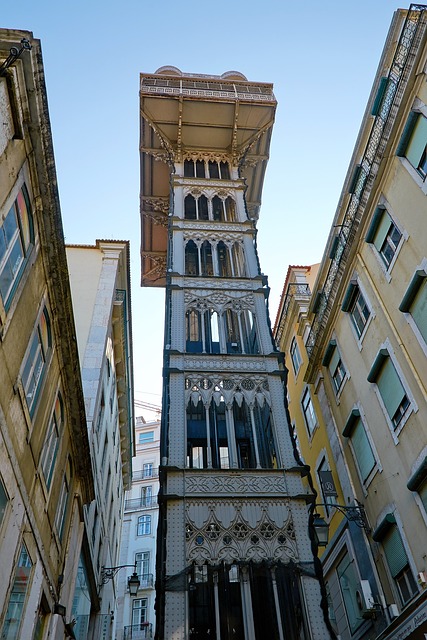
Lisbon, Portugal’s stunning capital city, is one of Europe’s most charismatic and vibrant cities, and boasts a rich and varied history, buzzing nightlife and a glorious year-round climate. Sitting on seven hills which offer spectacular city and Atlantic views, Lisbon is based at the mouth of the Tejo, or Tagus river, with most of the city lying on the north bank.
The oldest city in Western Europe, Lisbon was virtually destroyed on 1st November 1755 by the Great Lisbon Earthquake, which brought fires and a devastating tsunami, killing thousands. The rebuilding of Lisbon was charged to the Marquis of Pombal, who created the world’s first grid layout. Lisbon’s neo-classical ‘Pombaline’ style of buildings are named after him.
Lisbon is close to a stunning coastline of sandy beaches, many of which are only a short bus or train ride away. They include the Cascais-Estoril coastline to the west and the Costa da Caparica to the south. Further south is the Serra da Arrabida coastline, where some of Portugal’s most beautiful beaches can be found.
Mountain lovers can enjoy walking trails just 25 km away from Lisbon in the beautiful Sintra mountains, or Serre de Sintra, which lie at the heart of the Sintra-Cascais Natural Park to the west of the city.
City Landmarks and Highlights
There are numerous fascinating landmarks that make Lisbon special. They include the Castelo de São Jorge castle in the colourful Alfama district, which was Portugal’s seat of power for over 400 years.
The Elevador de Santa Justa is an industrial age lift which transports passengers up one of Lisbon’s steepest hills. Within its iron structure are Gothic arches and geometric patterns, while the cabins are lined with polished wood, making it one of Lisbon’s best-loved attractions.
Lisbon’s main avenue is the tree-lined 1.5km-long Avenida da Liberdade, or Avenue of Liberty, which dates from 1880 and is lined with fine shops, cafes and hotels. To its south, the Praça do Comércio is Lisbon’s most magnificent plaza and commercial hub, where merchants used to trade exotic items and spices. Today it hosts the Stock Exchange and certain government ministries, as well as boutique hotels and sophisticated restaurants. The famous shopping street Rua Augusta leads off this plaza.
Further west stands the neoclassical Palácio Nacional da Ajuda, the 19th century royal residence which has been beautifully restored, with 35 lavish staterooms open to visitors including the opulent banquet hall and the grand throne room.

Elevador de Santa Justa
The imposting 16th century Mosteiro dos Jeronimos monastery boasts intricate stone carvings and whimsical Manueline, or Portuguese late Gothic, design styles and sculptures. The iconic Torre de Belém tower is another fine example of the Manueline style of architecture, with Moorish watch towers, ornately carved battlements and even the earliest stone statue of a Rhino.
The Ponte 25 de Abril suspension bridge spans the Tagus Estuary, connecting Lisbon to the commuter districts of Almada to the south. It resembles San Francisco’s Golden Gate Bridge, having been constructed by the same company, and its name commemorates the revolution of Portugal from the Salazar regime on the 25th of April 1974.
Towering above the southern banks of the Tagus Estuary is the Cristo Rei statue, which was inspired by the Christ the Redeemer statue in Rio de Janeiro. It provides unrivalled views of the suspension bridge and the city beyond.
Districts in Lisbon
Spread across seven hills, Lisbon’s twelve bairro, or neighbourhoods, offer something for everyone, with each enjoying its own distinct ambience. Here are some of the most interesting: